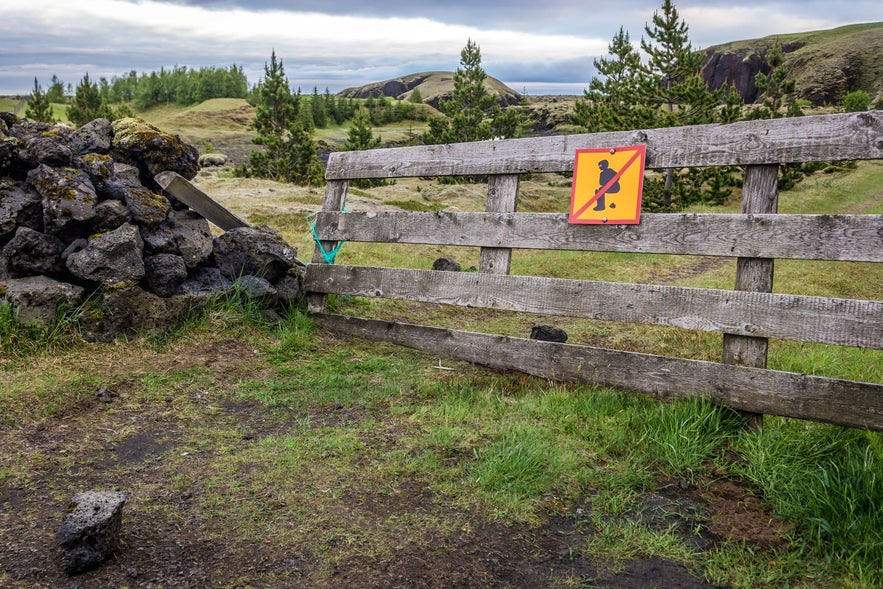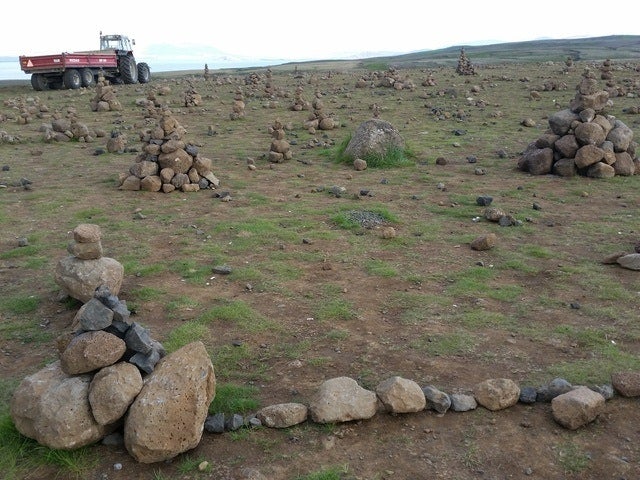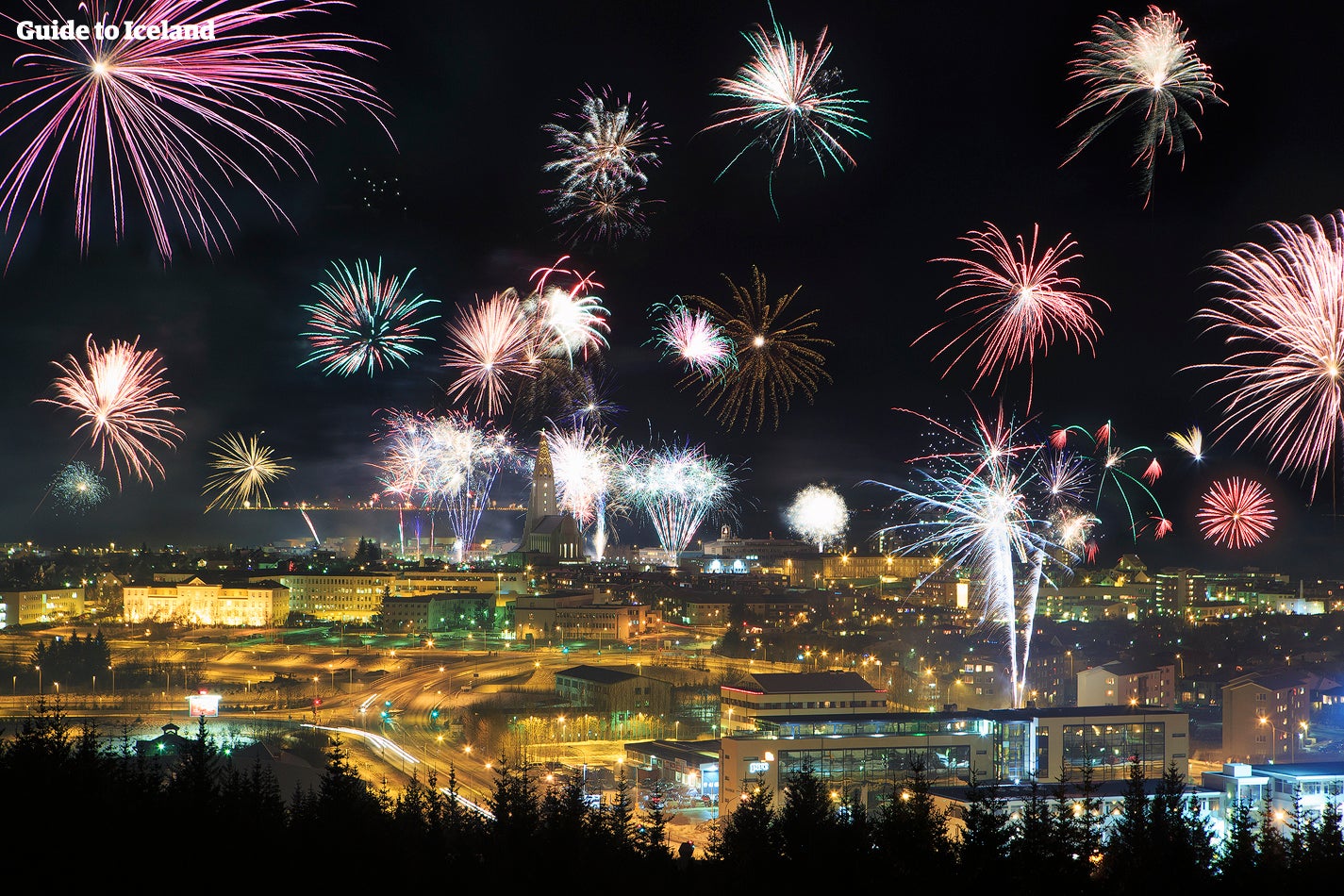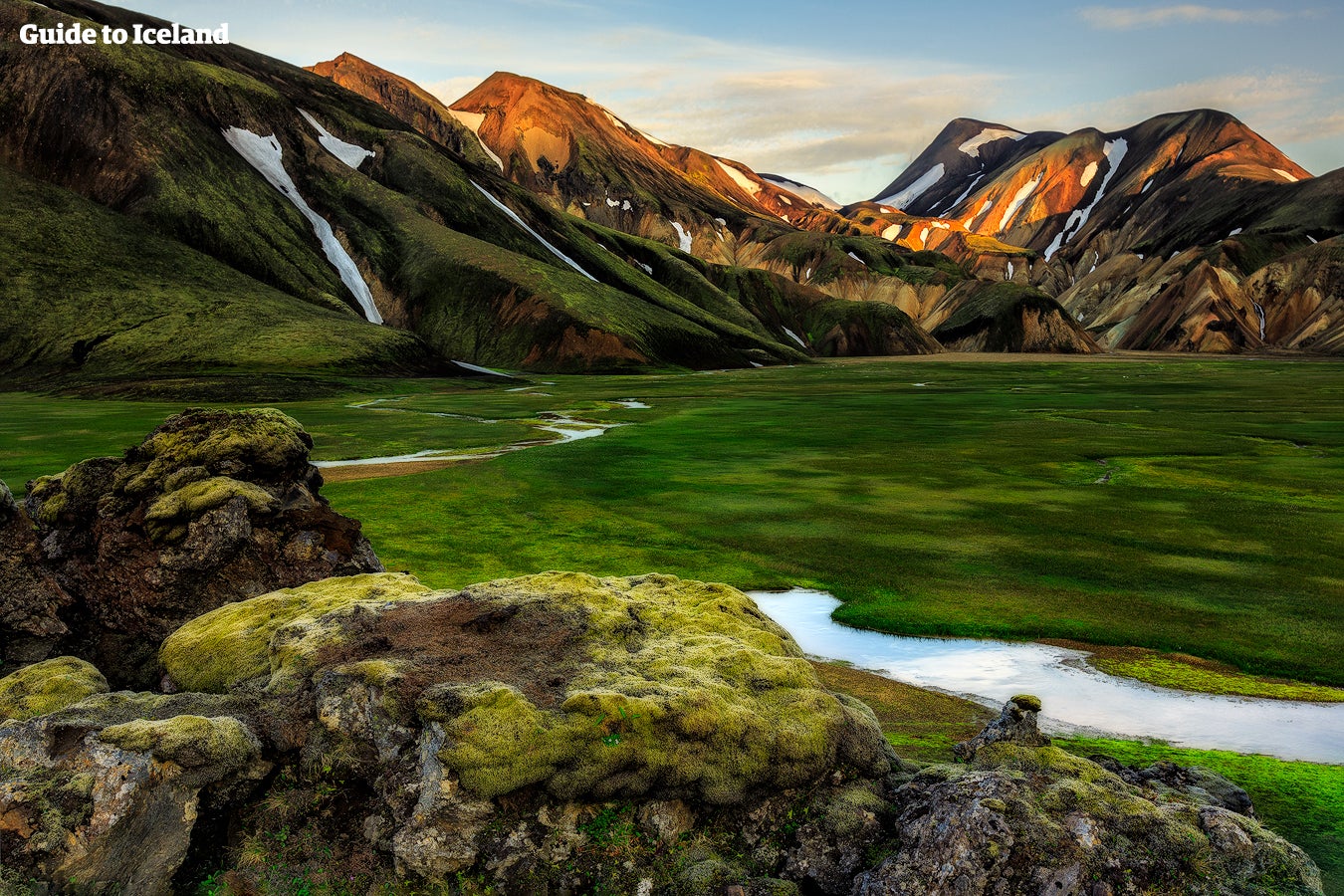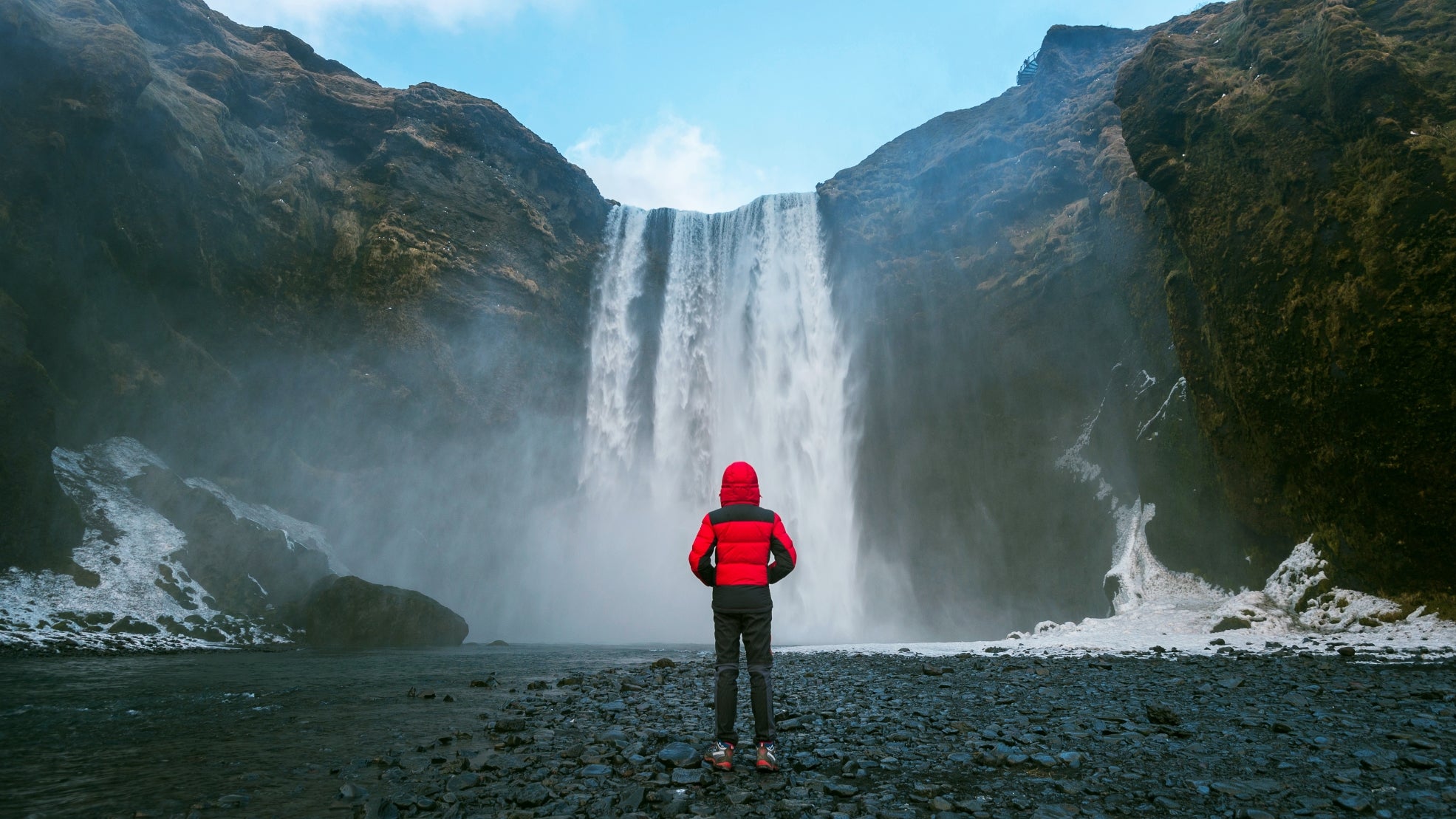
Curious about what you should definitely avoid doing in Iceland? Keep reading for the top 7 things Icelanders hate about tourism in Iceland, and learn what locals wish tourists would stop doing, so you can be the kind of visitor everyone appreciates.
Iceland has become one of the world’s top travel destinations, known for its stunning landscapes, vibrant culture, and reputation as one of the safest countries. While the surge in tourism has boosted the island’s economy, it has also introduced some challenges for locals.
Why You Can Trust Our Content
Guide to Iceland is the most trusted travel platform in Iceland, helping millions of visitors each year. All our content is written and reviewed by local experts who are deeply familiar with Iceland. You can count on us for accurate, up-to-date, and trustworthy travel advice.
Every year, thousands of visitors are drawn to Iceland to discover its natural wonders — renting cars to explore, chasing the northern lights, and relaxing in hot springs under the midnight sun. While the allure is undeniable, many tourists arrive unprepared for the unique environment, which can frustrate those who call Iceland home.
We’ll explore seven aspects of tourism that Icelanders find most annoying, and offer tips on how to travel respectfully and avoid common mistakes. Let’s dive into the things that locals wish tourists would leave behind — and how you can make your visit enjoyable for everyone.
Key Takeaways
-
Respect Local Customs: Avoid common tourist mistakes like asking insulting questions or disregarding safety warnings.
-
Protect the Environment: Always follow Iceland’s rules, whether it’s not camping in unauthorized spots or refraining from vandalizing nature.
-
Be Prepared: Be ready for Iceland’s unpredictable weather and terrain.
-
Shower Before Taking a Dip: Use the proper facilities, including showers, before using the pool or hot springs.
-
Follow the Road Rules: Stick to designated roadside stops and avoid off-road driving to keep Iceland’s landscapes pristine and safe for everyone.
- Find out the 19 Best Things To Do in Iceland
- Discover the 10 Iceland Travel Tips for an Amazing Vacation
- Get to know the ins and outs of Travel Etiquette in Iceland
7. Don’t Stop Here — Avoid Illegal Roadside Stops
Driving in Iceland comes with its own set of challenges, and one of the most common mistakes tourists make is stopping their car in unsafe spots. The island’s breathtaking landscapes can be so tempting that many visitors pull over on the side of the road, thinking their hazard lights will be enough to keep them safe and within the law.
However, stopping anywhere except designated roadside stops is not only illegal but also dangerous. It puts you and others at risk of accidents, and you could also face a hefty fine.
While on self-drive tours, always pull over at designated stops and save yourself and others from potential trouble.
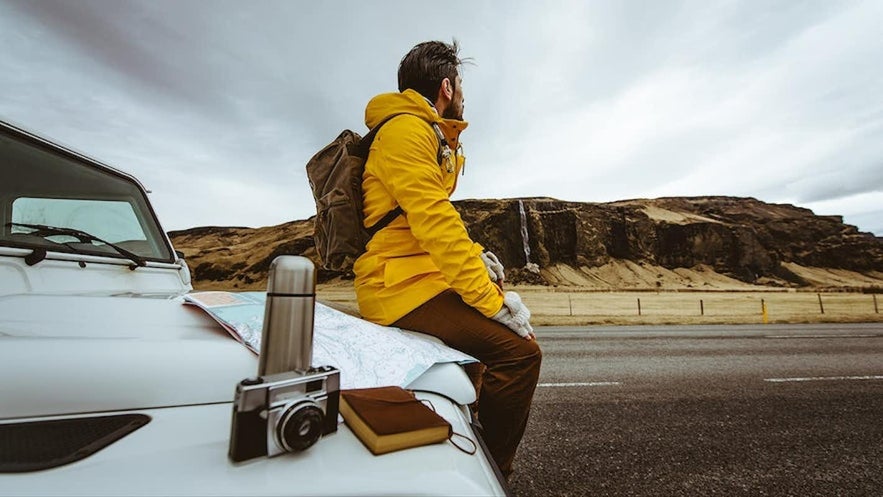
This issue is especially common during the winter months when people drive out of the city in search of the northern lights. But here’s the thing: those lights only appear in the dark night sky, and it gets pretty dark in Iceland at night. This makes it hard for other drivers to spot a parked car, especially in remote areas.
If you're hoping to catch the northern lights without the risk of parking on the side of the road, your best bet is to either find a proper parking lot or join one of the many northern lights tours. A local guide can take you to the perfect spot while keeping you safe and avoiding light pollution.
Travel Tip — Keep Your Hands on the Wheel!
Using your mobile phone while driving in Iceland is a no-go — unless you’re rocking a hands-free system. Texting, calling, or scrolling behind the wheel is illegal, and breaking this rule could land you with a fine. Plus, it’s a huge safety hazard. Keep your eyes on the road and save the selfies for later.
6. Don’t Camp Just Anywhere — Find the Right Spot

Camping in Iceland is an incredible way to immerse yourself in the country’s wild nature. However, before you grab your gear and pitch a tent wherever the mood strikes, remember that not all areas are fair game.
While the idea of setting up camp in a random, beautiful spot might seem appealing, you might not have permission from the landowner. Some travelers have been found camping in parking lots, residential areas, and even on private property — something that is, of course, illegal.
The rule is simple: always camp in designated areas.
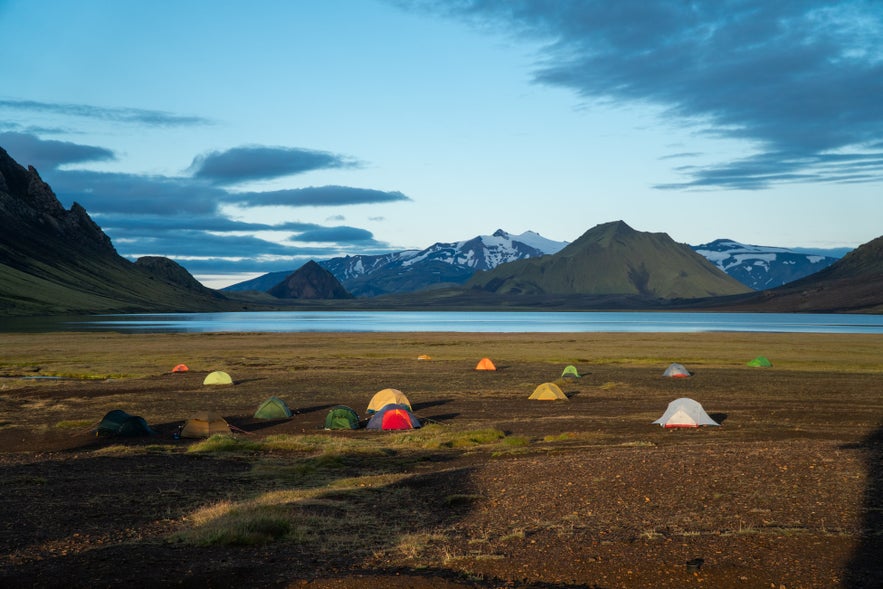
Photo by Pavel Brodsky
To protect the environment and keep everyone safe, Iceland has plenty of designated campsites throughout the country. You can also rent camper vans to make your stay even more enjoyable.
These campsites often include handy facilities like toilets and showers. Yes, they charge a small fee, but that fee goes toward maintaining these beautiful spots and ensuring a hassle-free camping experience.
If you’re planning on camping, make sure to stick to the official campsites, and definitely don’t try to camp on private property or in random public spaces. Unfortunately, there have been cases of campers leaving behind trash, or worse, human waste, on places like school grounds and beaches, which harms the environment and creates a mess for everyone.
5. Keep It Classy — Use the Bathroom, Not the Outdoors
Here’s a golden rule for traveling anywhere: use the toilet, not the landscape. It’s a simple concept that somehow doesn’t always click for some visitors in Iceland.
Though the sign above might seem like a joke, it’s sadly a real issue. Occasionally, someone decides to skip the public bathroom and make Mother Nature their personal restroom, without cleaning up after themselves. The result? A less-than-pleasant surprise for the next traveler who comes across their “work.”
The good news? Most of Iceland’s top attractions have bathroom facilities, many of which are free to use. So, if nature calls, take advantage of those public restrooms. If you’re somewhere off the beaten path and can't find a bathroom, stop by a gas station, bar, shop, or restaurant — just ask politely to use the facilities.
We get it — sometimes you’re in the middle of nowhere, and there’s no bathroom around. In those rare situations, please pack out any waste (yes, like you would if you were walking your dog). Bring a bag, pick it up, and toss it in the nearest trash bin. Most people come to Iceland to enjoy its stunning landscapes, not to admire your impromptu “sculptures.”
4. Get Clean Before You Dive In — Remember to Shower
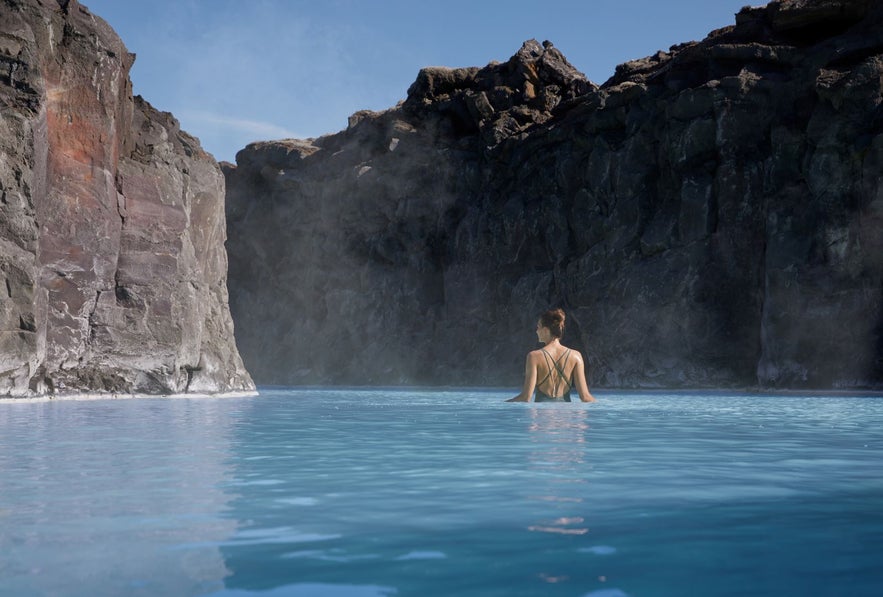
When in Iceland, be sure to shower before you take a dip — yes, you read that right.
Swimming is a huge part of Icelandic life, and public pools are sprinkled all across the country. Iceland’s unique swimming pool culture is so beloved that it’s even been nominated for UNESCO’s List of Intangible Cultural Heritage.
These geothermally heated pools are not only some of the best public pools in the world; they also serve as important community gathering spots.
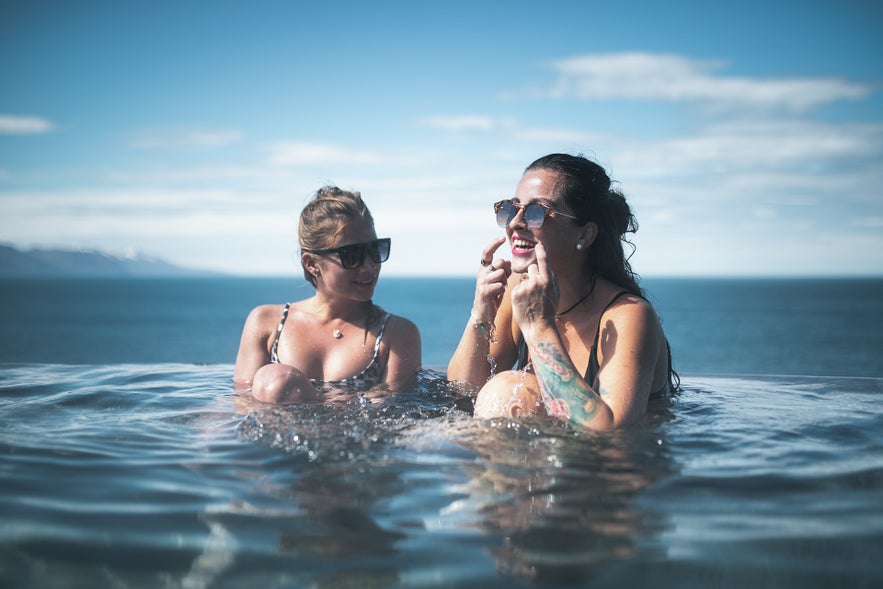
But there’s one crucial rule to remember: before you enter the pool, you must shower. And we’re talking about a thorough shower — no swimsuit allowed. This applies to public pools and geothermal hot springs like the Blue Lagoon and Sky Lagoon. While some spas offer more privacy (and showers with doors), that’s the exception, not the norm.
Don’t make the mistake of thinking you can just shower at your hotel and then waltz into the pool. Locals are very particular about shower etiquette, and if you forget, expect to be politely escorted to the showers by a pool attendant. It might feel a bit embarrassing, but trust us — it’s better than the alternative of upsetting everyone else in the pool.
When in Iceland, embrace the culture and make sure to shower nude before you dip into those crystal-clear waters.
- Take a plunge and explore the Best Swimming Pools in Reykjavik
- Dive deeper and discover the Best Swimming Pools in Iceland (Outside of Reykjavik)
- See also the 30 Best Hot Springs and Geothermal Pools in Iceland
3. Safety First — Don’t Be the Tourist Who Ignores Warnings

Iceland is bursting with natural wonders, and it’s easy to get caught up in the excitement of wanting to see everything up close. But here’s the thing: safety precautions exist for a reason. It’s hard for Icelanders to watch tourists ignore these warnings, especially when it puts lives at risk.
Take Jokulsarlon Glacier Lagoon, for example. This stunning spot is known for its floating icebergs, which have broken off from the nearby glacier. It’s one of the most popular stops on the South Coast — and for good reason.
Occasionally, tourists will climb on the icebergs despite warnings, only to get stranded. Not only is this incredibly dangerous, but it also requires local rescue teams to come to the rescue — something that’s disruptive and avoidable.
For the love of all things Icelandic, don't climb the icebergs at Jokulsarlon. Seriously.
Then there’s Reynisfjara, the famous black sand beach. It might look serene, but those sneaker waves are no joke.
Tourists often get too close to the waves to snap that perfect picture or try to dodge them for fun, unaware of how quickly these waves can surge. Sadly, several people have lost their lives here in recent years, all because they ignored the warning signs.
We could go on with other examples, but you get the idea: Icelanders get frustrated when tourists don’t take safety warnings seriously. They’re there to protect you, so when you visit, always pay attention to signs and take every precaution seriously. It’s the best way to enjoy Iceland’s beauty safely.
2. Avoid These “Are You Serious?” Questions

We’ve all asked a silly question or two when traveling, and Icelanders aren’t immune to the occasional traveler's curiosity. For the most part, locals are friendly and happy to answer questions, but when the questions cross over into downright absurd territory, it can be a little insulting.
So what exactly is an insultingly dumb question to ask an Icelander?
-
“Are you guys all related to each other?”
-
“Do you know everybody in Iceland?”
-
“Don’t you guys live in igloos?”
-
“Do we have to worry about polar bears?”
While Iceland has a small population, not everyone is related, and asking this can come off pretty rude. Despite the small size of the country, locals don’t know everyone, just like you probably don’t know all 400,000 people in your hometown.
Also igloos? Never been a part of Icelandic culture. And as for polar bears — sure, one or two have washed up on an iceberg, but they’re definitely not roaming the streets.
Icelanders are usually happy to help when you ask about the best places to visit or where to find the best burger in Reykjavik. But if you’re curious about their family tree or if they live in igloos, maybe think twice before asking.
1. Don’t Be a Nature Vandal — Respect Iceland’s Landscapes
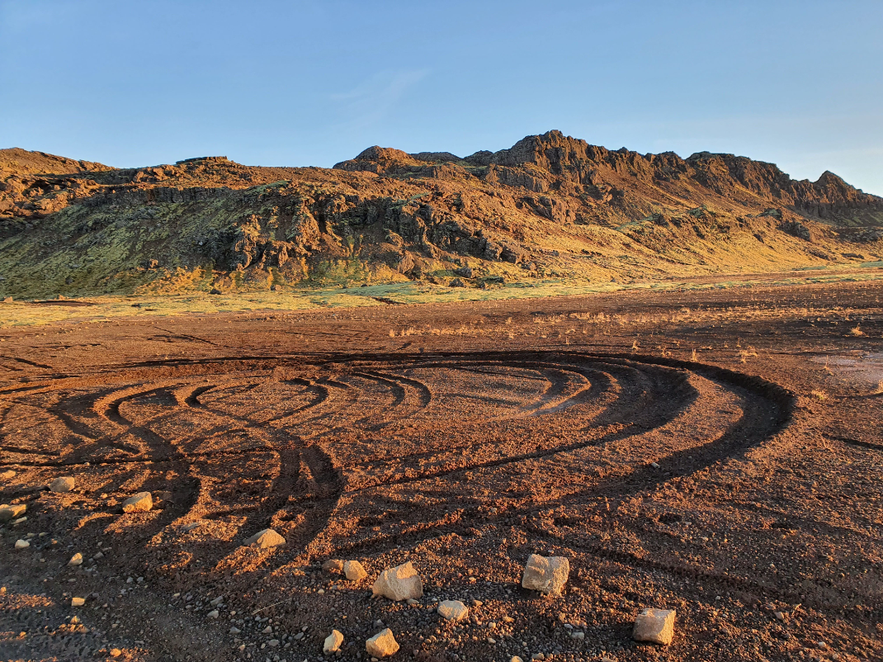
Picture from the Environment Agency of Iceland.
Iceland’s natural beauty is a huge part of its charm, and Icelanders take great pride in protecting it. Unfortunately, with the rise in tourism, there’s been an uptick in vandalism that threatens the delicate ecosystems.
One of the biggest offenders? Off-road driving. Not only is it illegal, but it also causes severe damage to the land that can take decades to recover, even if it looks like “just sand.” The impact on Iceland’s fragile nature is real, and the fines for off-road driving are hefty for a reason.

Another culprit is picking moss. Yes, that soft, fluffy stuff that looks irresistible for lying in or picking up. But Icelandic moss is delicate and takes hundreds of years to grow back. So, if you come across a mossy patch, just admire it from afar.
Let’s talk about coins in lakes and hot springs. While it might be tempting to make a wish and toss a coin, don’t — unless you’re at Peningagja (Money Rift) in Thingvellir National Park. This is the only place in Iceland where throwing coins is acceptable, and the practice is symbolic, rather than just for fun.
Lastly, cairns — those little rock piles tourists sometimes build — might seem harmless, but they’re not. Historically, cairns were built by locals to mark trails in foggy conditions, and the ones you’ll find in the countryside are old and meaningful. Small cairns, however, are often created by well-meaning tourists, but they disturb the land and can cause lasting damage.
In short, it’s pretty simple: respect the land, and it will respect you back. Treat Iceland’s natural beauty with care, and you’ll leave with memories, not a hefty fine. If you want to be extra careful, take guided hiking tours to help you explore the natural beauty.
Do You Have More Questions About Iceland?
 We’ve covered the essentials, but here are a few more common queries that pop up before visiting the island. Here’s a quick rundown of other things you might want to know before packing your bags.
We’ve covered the essentials, but here are a few more common queries that pop up before visiting the island. Here’s a quick rundown of other things you might want to know before packing your bags.
Why do Icelanders get annoyed with the “Iceland is green, Greenland is icy” joke?
While the contrast between Iceland and Greenland is humorous to some, locals find this joke overused and tiresome. It's become a cliche many Icelanders have heard countless times, and it doesn't reflect the country's true essence.
While both places have their unique charm, the constant comparisons between Iceland and Greenland can be irritating to locals. Icelanders pride themselves on their own distinct culture, history, and identity, separate from Greenland’s.
Is it common for Icelanders to eat fermented shark?
While trying traditional dishes is encouraged, understand that fermented shark (hakarl) is not something Icelanders regularly eat. It’s more of a tourist novelty. Locals prefer other foods like lamb, fish, and dairy.
Consider taking a food tour, like this Reykjavik food walk tour, to experience the local cuisine.
Why are so many tourists unprepared for Iceland’s weather and terrain?
Iceland’s weather can be unpredictable, with rapid changes in conditions, including rain, snow, and wind. Tourists sometimes underestimate the challenges of hiking or driving in remote areas, which can lead to safety concerns. Always be prepared with appropriate gear and check weather updates before heading out.
Do Icelanders really sleep during the day in the summer?
The midnight sun might make it seem like Icelanders never sleep, but don’t worry — locals still manage to get their rest. While the extended daylight can mess with sleep schedules, most Icelanders adapt to the summer hours by adjusting their routines, just like anyone else.
Is it true that Iceland has no mosquitoes?
Yes, it’s true! Iceland is one of the few places in the world where mosquitoes are practically nonexistent. However, Iceland does have midges, which are common in areas like Lake Myvatn.
Why do Icelanders have such long last names?
Icelandic last names often end in “-son” or “-dóttir,” which means “son of” or “daughter of” the father’s first name. This tradition reflects the Icelandic patronymic system, where last names change depending on the father’s name and the gender of the child. Some Icelanders choose their mother's name or even have both parents' names.
Respect Iceland, and It Will Reward You
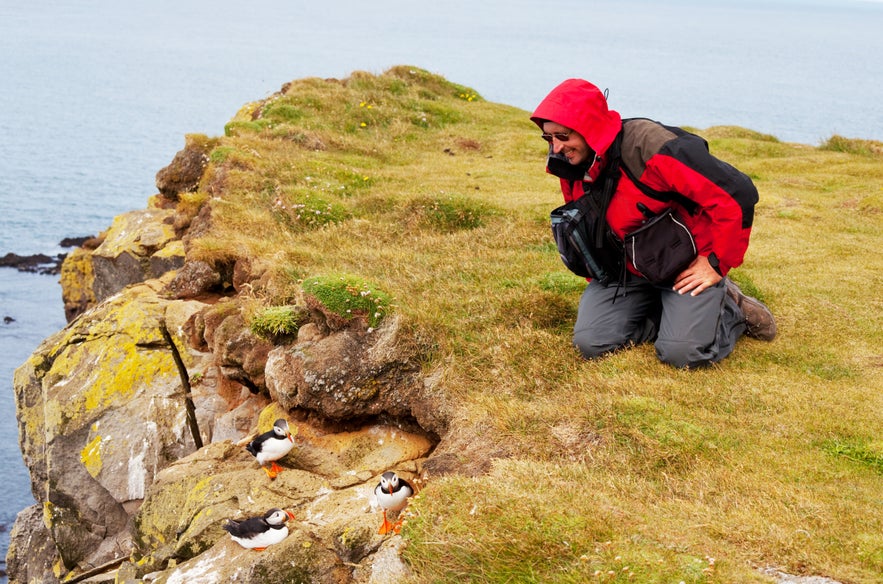 Iceland is a land of stunning beauty and unique culture, and as a visitor, you have the opportunity to experience it in a way that both you and the locals can enjoy.
Iceland is a land of stunning beauty and unique culture, and as a visitor, you have the opportunity to experience it in a way that both you and the locals can enjoy.
By respecting the environment, following local customs, and being mindful of your actions, you’ll help minimize the negative impacts of tourism in Iceland. This ensures that your trip is memorable for all the right reasons.
If you feel like you need more tips about what you should and shouldn’t do in Iceland, check out our articles on the dumbest things to do in Iceland and how to pack for Iceland.
Keep these tips in mind, and you'll be welcomed with open arms by the people and landscapes of Iceland. If you have more tips, share them in the comments below.


